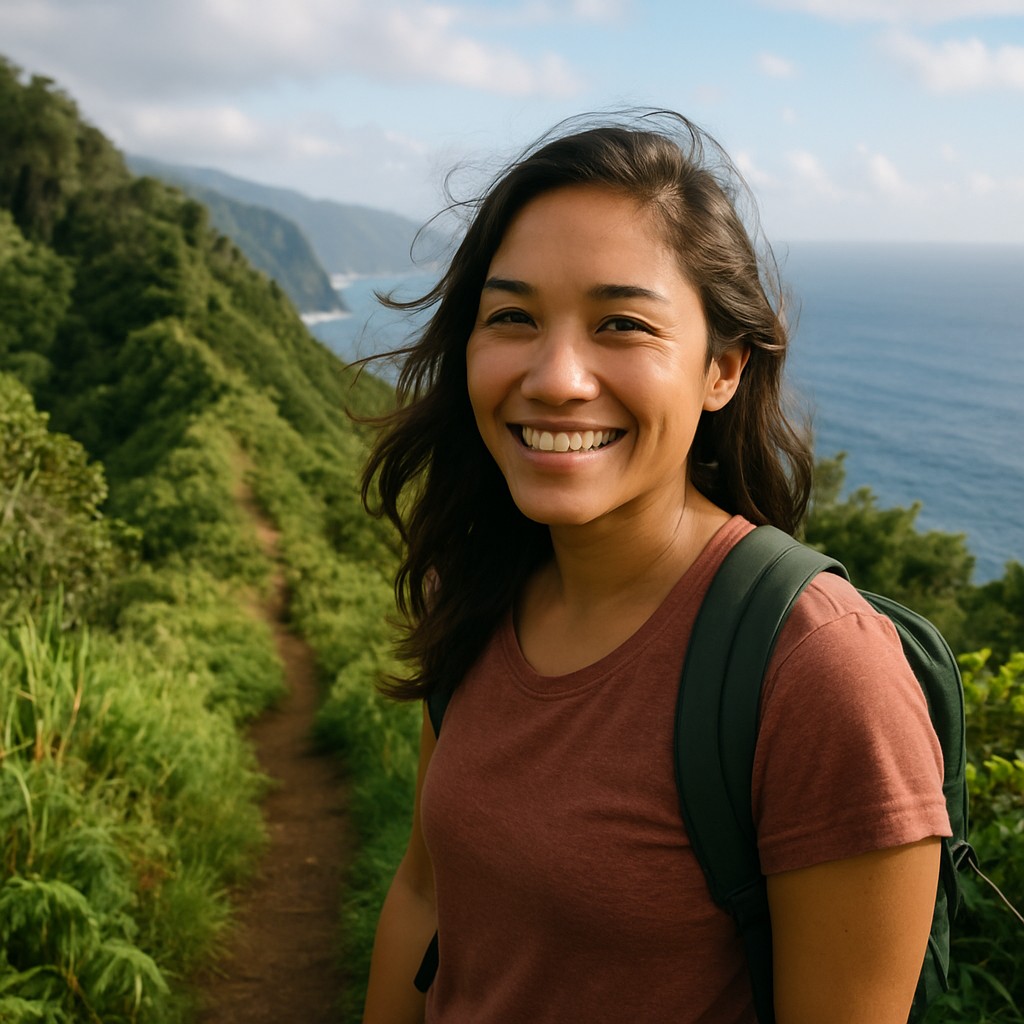

Wildlife & Gardens
Nature's Sacred Dance: The Enchanting Wildlife of Byodo-In Temple

Written by a Local Expert
Jade KawanuiA Vibrant Ecosystem of Sacred Beauty
The Byodo-In Temple isn't just amazing architecture and a peaceful haven—it's also a vibrant ecosystem. Carefully chosen wildlife adds to the spiritual and beautiful experience, acting as participants in the sacred atmosphere. These creatures, many with their own symbolic meanings in Japanese and Buddhist traditions, enhance the cultural immersion and create memorable encounters for visitors.
Graceful Peacocks: Beauty and Wisdom
Wild peacocks are a common and delightful sight at the Byodo-In Temple. You'll often see them strutting gracefully across the manicured lawns or perching on low walls, their shimmering feathers catching the Hawaiian sun. These magnificent birds are more than just beautiful—they hold important meaning in Buddhism.
Peacocks represent beauty, richness in spiritual virtue, and wisdom. They're famously said to eat poisonous plants without being harmed. In Buddhist thought, this translates to the Bodhisattva's power to transform the "poisons" of ignorance, desire, and hatred into the path toward enlightenment, much like a peacock's tail opens in a vibrant display.
The presence of these birds, with their regal bearing and symbolic weight, definitely deepens the thoughtful and spiritual feel of the temple grounds.
Mysterious Black Swans: Water Elegance
Gliding calmly across the temple's reflecting pond, black swans add dark elegance and mystery. While specific Japanese cultural symbolism for black swans is less common than for other creatures, their very presence—often seen as rare and unexpected—adds to the unique beauty of the Byodo-In.
Their graceful movements and striking contrast against the vibrant colors of the temple and koi create a living picture, enhancing the scenic quality of the landscape. In some broader cultural contexts, swans can symbolize grace, purity, and transformation, and their quiet dignity certainly complements the peaceful mood of the temple.
🦚 Peacock Symbolism
Represents beauty, spiritual virtue, wisdom, and the transformation of negative qualities into enlightenment.
🦢 Swan Grace
Black swans symbolize grace, purity, transformation, and add mysterious elegance to the temple grounds.
The Koi Carp: Living Jewels
The reflecting pond at Byodo-In teems with hundreds of large, colorful Japanese koi carp, which are a classic feature of traditional Japanese gardens. These "living jewels" are not only captivating to watch but also rich in symbolism.
In Japanese culture, koi are admired for their persistence and strength, as they're known to swim upstream against strong currents. They also symbolize love, friendship, good fortune, and longevity. Visitors often enjoy feeding the koi (fish food can be purchased from the gift shop), and people describe the fish eagerly following people around the edge of the pond, creating delightful and interactive moments. These interactions make the temple experience more personal and memorable.
Living Meditation
For me, the wildlife at Byodo-In is an essential part of its magic. Watching a peacock unfurl its magnificent train, each feather an intricate masterpiece, against the backdrop of the red temple and the emerald Ko'olau, feels like witnessing a sacred ritual.
These creatures aren't just residents; they're guardians of its calm.

🐾 Wildlife Spotting
- Peacocks: Common on lawns
- Black Swans: In reflecting pond
- Koi Fish: Hundreds in pond
- Turtles: On rocks/pond edge
- Cardinals: In bamboo groves
🌸 Garden Features
- Reflecting pond
- Arched bridges
- Bamboo groves
- Meditation pavilion
- Raked gravel patterns
🔗 Explore Byodo-In Temple
📧 Stay Updated
Get the latest Hawaii wildlife and nature experience guides.
The Reflecting Pond and Japanese Gardens
The Byodo-In Temple is surrounded by carefully landscaped Japanese gardens designed to create peace and harmony. A large reflecting pond, a key feature of Pure Land garden design, surrounds the main temple structure. This pond is home to hundreds of vibrant koi (Japanese carp), whose graceful movements add life and color to the calm waters.
The reflection of the red temple on the pond's surface, especially with the majestic Ko'olau Mountains as backdrop, is one of the most famous and photographed views. It mirrors the beauty of the Uji original where water enhances the illusion of a heavenly palace.
Small, gracefully arched bridges cross sections of the pond. Carefully placed rocks and gravel designs, often raked into ripple-like patterns, add to the garden's meditative quality. Small waterfalls add gentle sound, further enhancing the overall calm.
Other Wildlife Encounters
Beyond the peacocks, swans, and koi, other wildlife adds to the temple's vibrant atmosphere. Turtles are often seen lounging on rocks or by the pond's edge, basking in the sun, adding to the unhurried pace of the environment. Various other bird species, such as ducks and the bright red-crested cardinal, also frequent the gardens.
Adding to the authentic Japanese feel are groves of bamboo. The rustling sound of bamboo stalks clacking together in the wind is a distinctive and soothing sound element, further transporting visitors to a world of calm thought.
Meditation Pavilion
Nestled on a small hill behind the main temple, offering a quiet, secluded spot for reflection.
Bamboo Groves
Create authentic Japanese atmosphere with gentle rustling sounds that enhance meditation.
Sacred Bridges
Gracefully arched bridges crossing pond sections, symbolizing the path to enlightenment.
Even the simple act of feeding the koi, their eager, colorful mouths breaking the water's surface, connects you to the life force of this special place.
The gentle cooing of doves, the rustle of bamboo, the flash of a cardinal's wing—it's a symphony of nature that harmonizes perfectly with the temple's profound peace.
